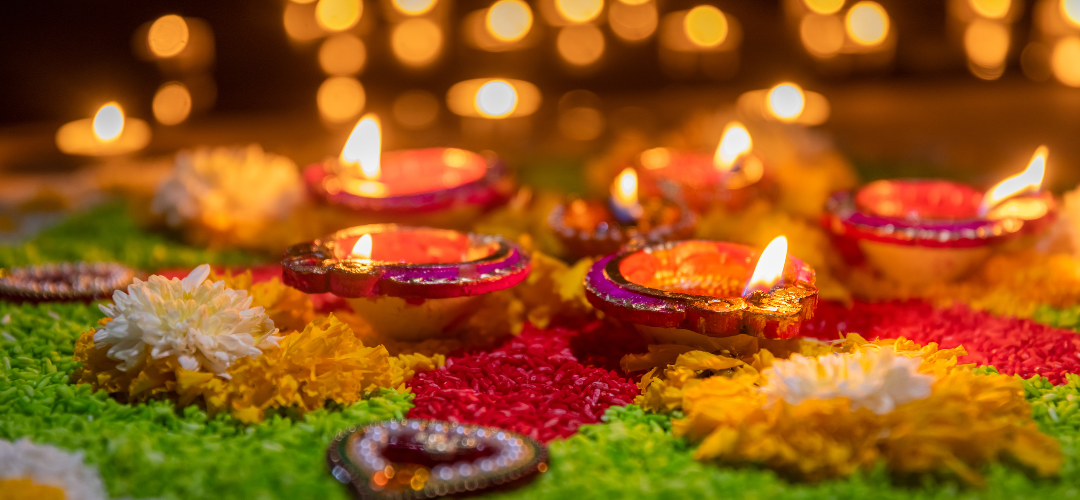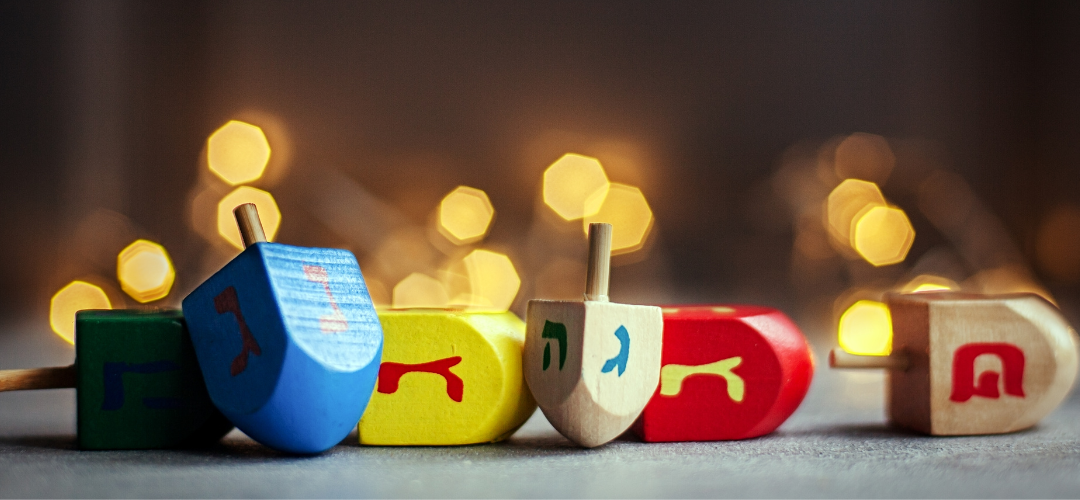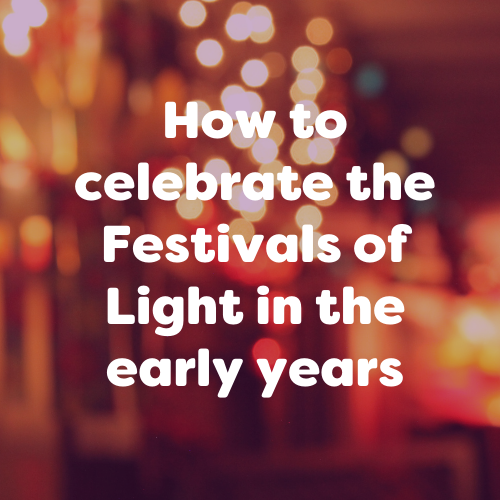Teaching children about different cultures provides them with vital knowledge that will help them to develop an understanding of the world around them. This allows children to first understand the similarities and differences between themselves and others. This then contributes to their sense of self, social skills and general PSED development. In this blog we discuss two festivals of light – Hanukkah and Diwali – explain their origins, how they are celebrated and how you can incorporate this into your setting.
Diwali

What is Diwali?
Diwali is the Hindu Festival of Lights and is a celebration the New Year by Hindus and Sikhs. When translated, Diwali means a row of lighted lamps. This hails from the Sanskrit, dipavali (dip meaning light, and avali a row or line). The reason for these lights are to honour the Hindu Goddess of wealth and prosperity Lakshmi. Lakshmi will feel welcomed by the lights and enter – bringing good fortune in the new year.
How do people celebrate Diwali?
Hindus celebrate with their families and friends for five days, each day having a special significance.
- People decorate their homes and temples with Rangoli patterns.
- Children have a holiday from school
- Give gifts.
- Wear new clothes and jewellery.
- Hold parties
- Light fireworks and firecrackers to ward off evil spirits.
Hanukkah

What is Hanukkah?
Hanukkah is the Jewish Festival of Lights and comes from the Hebrew word meaning “dedication”. It is celebrated to commemorate the Miracle of the Oil. This miracle occurred after three years of war after which an oil lamp was lit to celebrate. Despite the lamp only having enough oil to keep it burning for one night, a miracle occurred and the lamp stayed lit for eight days.
How do people celebrate Hanukkah?
Each year, Hanukkah is marked with an eight day Festival of Lights. The Miracle of the Oil is celebrated by placing eight candles in a Menorah and lighting one candle for each night. The Menorah is then displayed in a window, or near the front door, and the Hanukkah lights remind passers-by of the holiday’s miracle.
During Hanukkah, people exchange gifts and give to those less fortunate. They often also play spin the dreidel, a typical game during Hanukkah.
How you can bring Festivals of Light into the Early Years
Within the Early Learning Goals, Religious Education appears throughout. However it is mostly significant within personal, social and emotional development and understanding of the world.
In summary, it is important to include learning about different cultures to help children to learn positive attitudes towards those with different identities to their own. Below are some ways in which you can do this in your setting:
- Allow children to explore some religious artefacts related to Hanukkah or Diwali
- Display books and retell the stories around these festivals to promote understanding and discussion
- Create a role play or small world area with dolls and toys to re-enact the stories.
- Get creative! Make your own Diwali lamp using clay or make your own Menorah using card or paper
- Or, try and create your own Rangoli patterns or Mehndi drawings
- Finally, why not try and play games such as spin the dreidel



